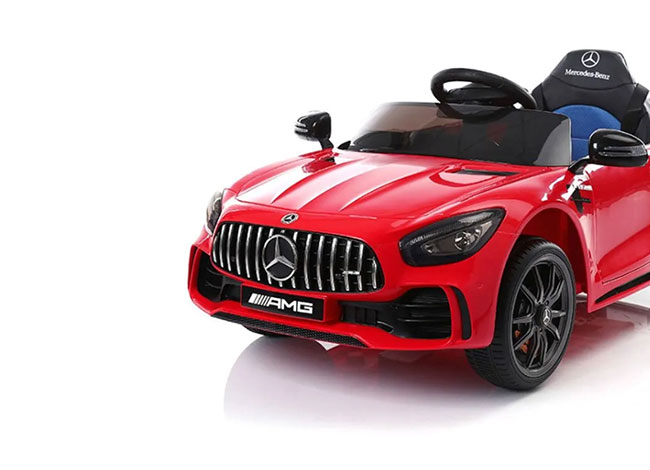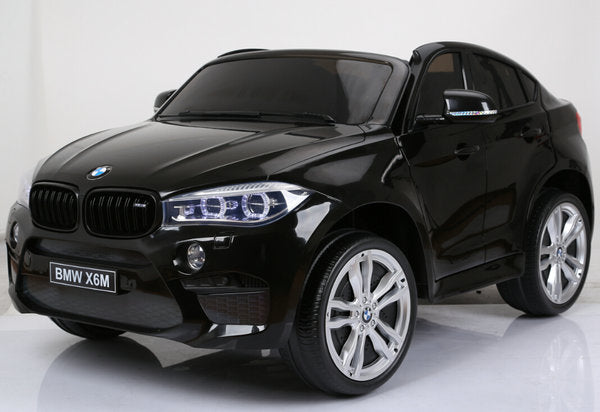Great Ideas On Deciding On Kids Ride On Cars
Wiki Article
What Should I Know About The Battery Life And Charging Times Of An Electric Kids Ride-On Vehicle?
Knowing the battery's life and the charging time of an electric ride-on children car is crucial to making sure that your kids have uninterrupted playtime and maximum performance. Here's the information you need - Type of Battery
The majority of electric vehicles designed for kids use rechargeable batteries, typically lithium-ion or lead acid batteries. Lithium-ion batteries generally offer longer battery lifespan and quicker charging times compared to lead-acid batteries.
Battery Capacity
The size of the battery that is measured in amperehours (Ah), or watthours(Wh) will determine how long a ride on car can be operated with one charge. Batteries with higher capacity provide a longer playing time before requiring recharging.
Run Time -
The time of a car's runtime is how long the vehicle can run continuously on a single battery charge. It is affected by a variety of factors, including battery capacity, strength of motor, terrain, or weight of the driver.
The run-time of electric ride-ons is between 30 to 2 hours. However, certain batteries with high capacity may offer longer time-to-run.
Charging Time
The charging time refers to how long it takes to fully recharge the battery once it is depleted. Charge times can vary according to battery capacity or charger specifications.
The charging time for electric vehicles range between 8 and 12 hours for a full charge. Some models, particularly those with lithium-ion battery technology might have faster charging times.
The longevity and safety of batteries depend on the charging of the battery according to the manufacturer's guidelines. Incorrect charging or overcharging of the batteries can have detrimental effects on their performance and longevity.
Charge Methods -
Electric ride-on cars typically include a charger that plugs into a standard home outlet. Some models can have quick charging or even a smart charger that monitors the battery's state of charge and adjusts the charging speed accordingly.
Make sure whether the charging port on the ride-on cars are compatible to avoid any damage to the battery or electrical components.
Batteries Additional -
Some electric ride-on cars may offer the option to purchase extra batteries, or even spare batteries to allow for longer time of play. It is possible to replace worn-out batteries with ones which are fully charged so you'll have less duration between sessions.
Understanding the battery life and charging time of an electric ride-on children car will ensure your child will enjoy uninterrupted playtime and fun adventures while exploring their surroundings. Using the correct charging techniques and charging the battery regularly will prolong battery life. View the top Lamborghini kids car for more recommendations including race car toy car, car on ride, car on ride, car toy car toy, electric ride on, car toy car toy, a toy car, car on ride, ride ons, kidscars and more. .

What Is The Difference Between Outdoor And Indoor The Use Of Car Models For Children?
Models of kids' cars include specific features for various environments and usage scenarios, whether they are indoors. Here are some of the different features of these cars indoor Use Cars
Size and Weight- Cars designed for indoor use will have a smaller dimensions and weight which makes them more able to maneuver within tight spaces. This includes playrooms and living spaces. They can maneuver through tight spaces and narrow passageways easily.
Low Ground Clarity Low Ground Clarity - Indoor vehicles have lower clearances to prevent them getting stuck, or caught upon obstacles such as carpets, rugs or thresholds. This enables the vehicle to glide smoothly and without interruption over indoor surfaces without risk of it getting stuck or falling over.
Smooth Wheels. The majority of cars that are indoor feature wheels made of materials that are smooth like rubber or plastic. They provide greater grip and traction on smooth surfaces such as hardwood floors, laminate flooring or tiles. The wheels are made for indoor use in order to minimize noise and to protect surfaces from scratching.
Limited Speed - Indoor usage cars usually have slower maximum speeds to assure safe and controlled operation within restricted spaces. This helps prevent collisions or accidents which could occur due to furniture, wall, or any other obstacle that may be found within.
Outdoor Use Cars -
Durable Construction - Cars designed that are designed for outdoor use are constructed from sturdy materials. They are made of strong metals or plastics that can withstand the harsh elements outside, such sunlight, humidity and temperature variations. They are less susceptible to wear and tear resulting from exposure to the elements.
Greater Ground Clearance: Outdoor use vehicles are equipped with a greater level of ground clearance for navigating bumps and uneven terrain when driving outdoors. This allows them to traverse rough surfaces like pavement, gravel grass, dirt, or grass without becoming stuck or damaged.
Traction Tires: The tires on cars used for outdoor use typically have treads or patterns that improve grip and traction while driving on slippery or uneven surfaces. This helps to maintain control and stability when driving on rough terrain.
Weather Resistant Components - Vehicles intended for outdoor use might contain weather-resistant parts, like sealed electronic components, waterproof casings or the rust-resistant materials. These elements safeguard the car from moisture and environmental damage. The car is able to be subjected to mud, rain, and puddles, with no performance loss.
More Speeds - Cars intended for outdoor use generally feature higher top speeds in order to accommodate wide spaces and the longer distances found outdoors. This can provide a more thrilling and adventurous experience to children exploring outdoors.
Parents can choose a vehicle for their kids that is suitable to their requirements, whether indoors or outdoors, by evaluating the design and features. This will guarantee a fun, safe and long-lasting experience for children. Have a look at the most popular read this about kids cars for website recommendations including electric ride on, electric ride along car, toy a car, ride on toy, toy with car, electric ride on, car toy car toy, race car toy car, pedal car, childs ride on car and more. .

What Aspects Should I Consider Before Buying An Electric Car For My Children? What Are The Pros And Cons Of Electric Vehicles For Children?
Before buying an electric kids vehicle, there are several factors to consider to ensure that you select the best vehicle for your child's requirements and needs. Here are some important aspects to take into consideration and some information on price as well as size and pros and cons.
When choosing an electric car to your child, consider the size and age of your child. For smaller and younger children, compact and light models might be a better choice. However larger and older children might require vehicles that have more space to fit them comfortably.
The weight and size of the Car -
The electric models for children's cars are available in various sizes. From micro-sized to bigger-scale replicas, they're all available. Take into consideration the weight and size of the vehicle in relation to your child's age, size, and strength, in addition to the amount of space to store and playing.
Price range -
The price of electric cars for children can be a bit different according to a myriad of factors including size, brand and quality. Prices for micro-sized models generally range between $50 and 200 dollars, whereas the costs for larger-scale models could vary from $200 up to $800.
Pros & Cons
Pros -
Entertainment - Electric children's automobiles provide hours of fun and imaginative play for children who want to experience the thrill of owning their own vehicle.
Motor Skill Development: Driving an electric vehicle helps develop fine motor and spatial awareness skills in children.
Electric cars encourage physical activity and outdoor playing. They promote the pursuit of exercise and adventure.
Realistic Features- A lot of electric children's cars come with realistic features, including functioning headlights and horns. They also have support for MP3 players, which improves the experience.
Cons
Costs - Electric cars that are of high quality for kids can be costly, especially if they are licensed replicas.
Battery life - Electric vehicles rely on rechargeable batteries, which might only last for a brief period of time or require frequent recharge.
Safety Concerns: Electric vehicles pose a number of safety concerns, such as accidents, falls, or entrapment if they are not used under adult supervision and in a responsible way.
Maintenance and Assembly Some electric vehicles require assembly upon arrival, and also regular maintenance such cleaning, battery care and occasionally repairs or replacements of components.
Features and Accessories -
Take a look at the options and features that you can get for your electric kid's car. Examples include functioning headlights, or the sound of a horn. Pick a car with features and accessories that match with the child's needs.
Finality, the best electric vehicles for children will depend on factors including their age (or size) along with their interests and their budget. Check out reviews, compare models and take into consideration the pros and con before you make the final choice. View the best remote control childrens cars kidscars.co.uk advice for more recommendations including toy the car, ride a toy, remote control childrens car, childrens ride on, childs car toy, electric ride on cars, childrens ride on, ride ons, kidscars, cars pedal car and more. .
